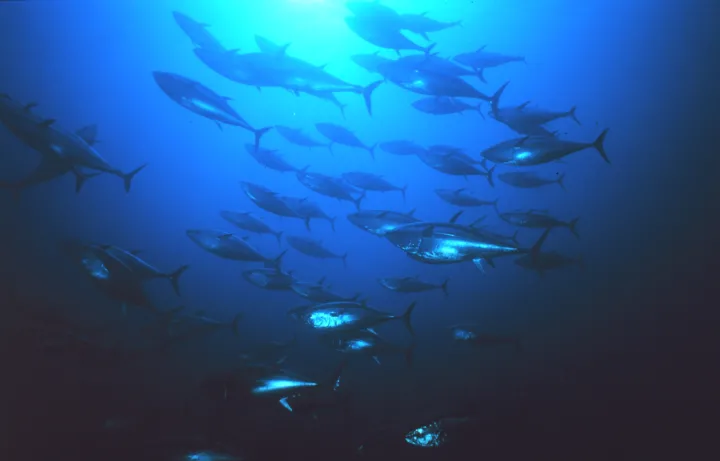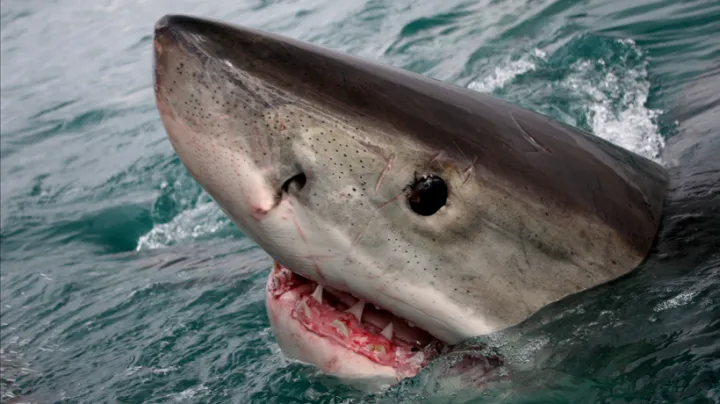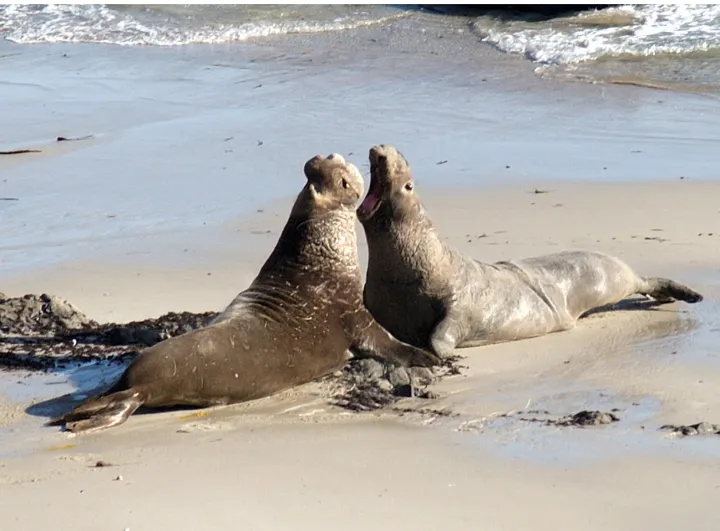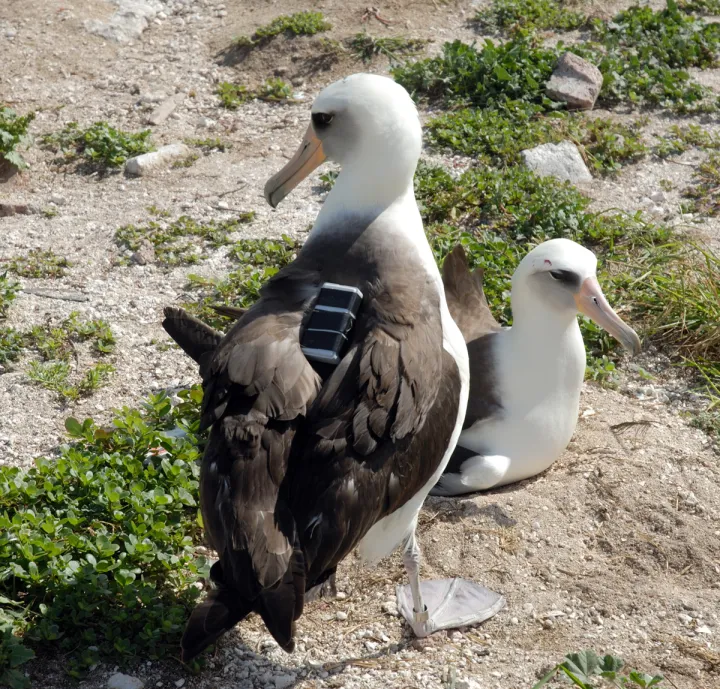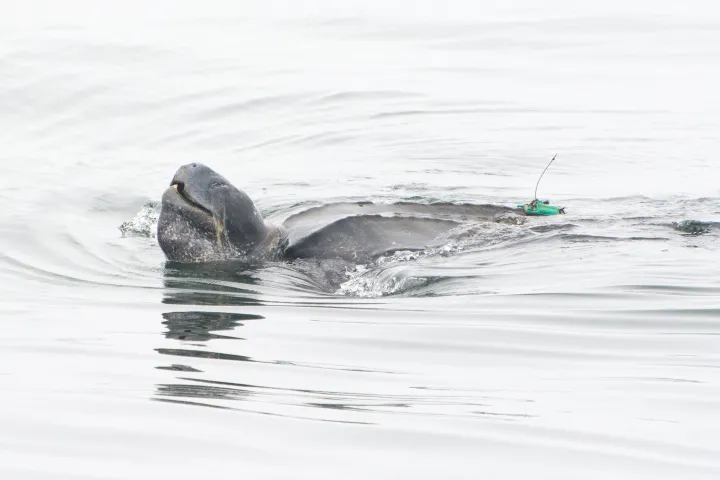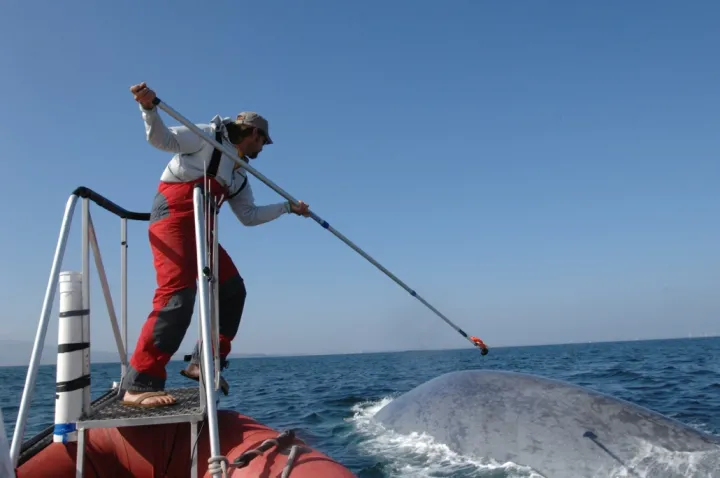Citizens of the High Seas
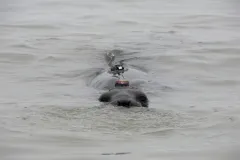
In a world where land is partitioned into countries with defined borders, the ocean can appear to be one of the few truly free areas left on the globe. Beyond a country’s Exclusive Economic Zone (EEZ) which typically reaches some 200 nautical miles offshore, the ocean becomes a common property to all. This is what’s called the high seas.
The high seas are home to many migratory predators—understandably, they do not care about property lines. Many are also visitors of the coastline, and so while we land-dwelling humans may think of them as reliant coastal dwellers, some spend over 75 percent of their life out in the high seas. Top marine predators move to follow their prey, and sometimes that takes them on lengthy migrations across entire ocean basins. It also means these creatures spend much of their time in one of the least protected areas on Earth.
What does it take to be a successful citizen of the high seas? Here are a few stars that make living in the middle of the ocean look like a breeze.
Pacific Bluefin Tuna:
Shortly after their first birthday, Pacific bluefin tuna (Thunnus orientalis) swim over 5,000 miles (8,000 km) from their spawning grounds in the Sea of Japan, where they were born, across the entire Pacific Ocean to the California coast. There they spend several years feeding and growing before swimming the return trek back to the Asian coast to spawn. This means that during this massive migration, these fish will spend roughly 45 percent of the time in the high seas. How do they do it? Their large, streamlined bodies and specially adapted fins help reduce drag while their tail fins provide a powerful thrust to propel them through the water. As one of the few warm-blooded fish, they can supply their strong muscles with plenty of oxygen.
White Shark:
Great whites (Carcharodon carcharias) migrate long distances. The torpedo shape of the great white is built for speed: up to 35 miles per hour (50 kilometers per hour). Some make journeys from the Hawaiian Islands to California, and one shark that swam from South Africa to Australia made the longest recorded migration of any fish. In the Pacific, many travel to an area in the middle of the Pacific dubbed the “white shark café” by scientists for the months of August to December. Here, great whites feast on midwater squid and small fish.
Northern Elephant Seal:
Don’t let their clumsy and rotund appearance fool you—in the ocean, a northern elephant seal (Mirounga angustirostris) is a powerful swimmer. Although they breed along the coast of California and Mexico, northern elephant seals migrate nearly as far west as Japan, and as far north as Alaska to forage for food. During their time at sea they spend between 80 and 95 percent of their time underwater, only popping up to the surface for a quick breath before diving back down. Efficient use of flipper strokes, lots of blubber to make them buoyant, and a surprisingly low metabolic rate allow northern elephant seals to be highly efficient swimmers. The longest recorded trip was over 13,000 miles long. Overall, female northern elephant seals are the ones that make the longest migrations and they spend about 66 percent of the year in the high seas.
Laysan Albatross:
Slicing through the air is barely an effort for the bird whose wings are made for long days at sea and measure an impressive 6.5 feet (2 meters) tip-to-tip. Instead of relying on the flapping strength of their wings, Laysan albatrosses (Phoebastria immutabilis) soar on wind currents, sometimes dipping low or rising high to take advantage of different wind speeds and directions. Speedy flyers—during the postbreeding season an albatross can travel thousands of miles and one was once recorded flying 361 miles (581 km) in one day. They spend about 75 percent of the year over the high seas.
Leatherback Sea Turtle:
The leatherback sea turtle (Dermochelys coriacea) is a true high seas champ, spending up to 78 percent of the year there, the longest recorded of any migratory predator. While leatherback turtles have a leathery outer covering instead of a bony shell, this is not the only trait that sets them apart from other sea turtles. They are the largest sea turtle species, growing as long as six and a half feet (2 m) and weighing some 2,000 pounds (900 kg). While other turtles are often stunned by cold water, a leatherback relies on a heat exchange system that conserves heat in their blood and a high metabolism. They also retain warmth through a high metabolism, dark color, layers of fatty tissue, and oil that acts as a heat absorber and insulator.
Blue Whale:
In the ocean, it pays to be big. Spanning up to 100 feet and weighing up to 200 tons, the blue whale (Balaenoptera musculus) is the largest animal ever to have lived. And yet this animal of massive size eats prey the size of your smallest finger. To consume enough food to sustain their gargantuan mass requires traversing across ocean basins to highly productive feeding grounds. Luckily, being big means that the blue whale can push through the water quite effectively. They can also store away energy in their thick layer of blubbery fat so that they won’t starve between meals. An adult blue whale will spend about 30 percent of the year in the high seas.


